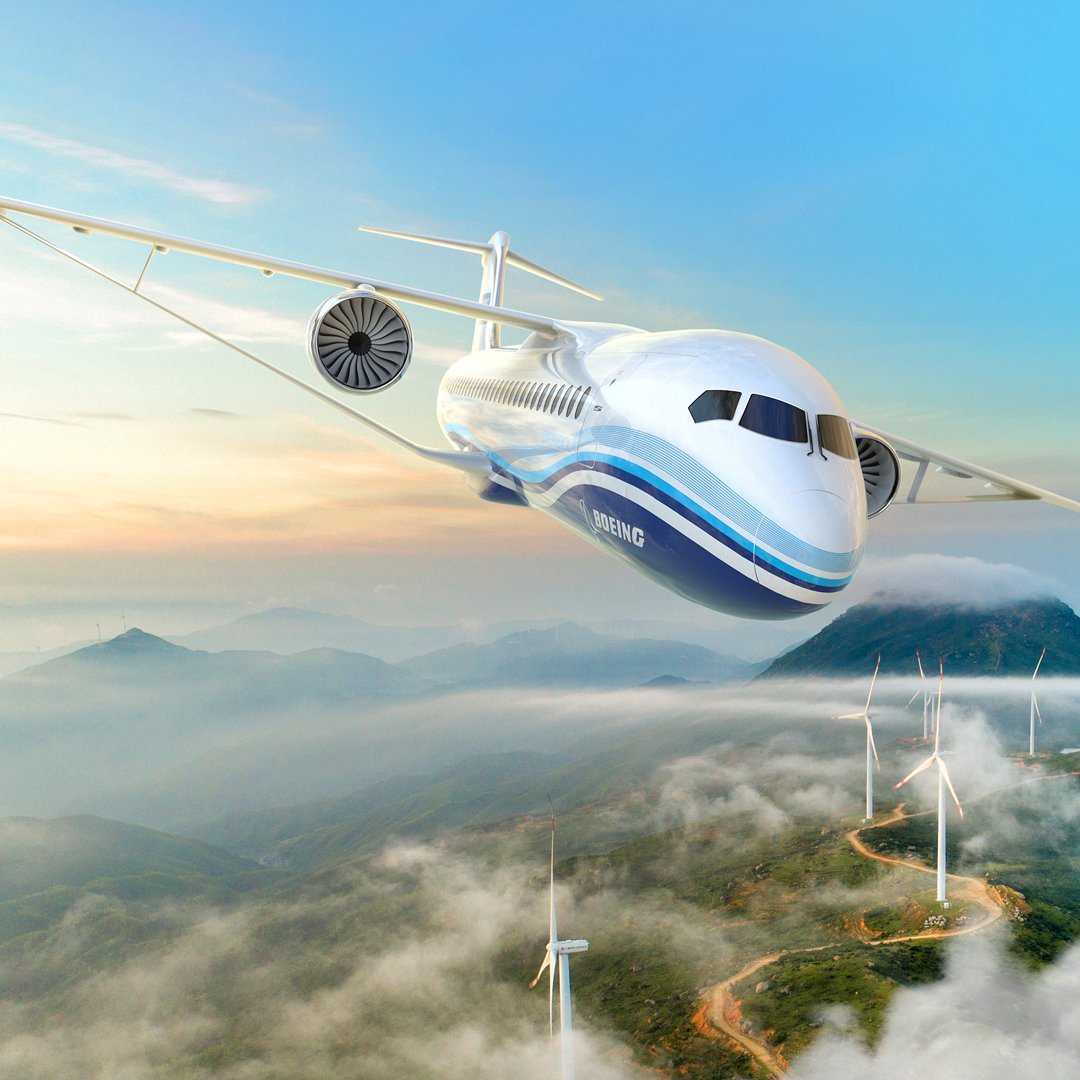NASA’s newest experimental X-plane has finally received a name. The US Air Force named the next model X-66A. It was developed in collaboration with Boeing as part of a NASA project called Sustainable Flight Demonstrator. The X-66A became the first aircraft in the experimental X-plane series, created in such a way as to completely get rid of greenhouse gas emissions, as defined in the White House’s U.S. Aviation Climate Action Plan of 2021.

The NASA press release states that the X-66A can serve as the basis for a new generation of environmentally friendly single-engine aircraft used in passenger aviation. Now this type of aircraft is responsible for half of greenhouse gas emissions worldwide. Therefore, the ecological version of the X-66A can significantly affect the reduction of greenhouse gas emissions.
“The X-66A builds on NASA’s world-leading efforts in aeronautics as well climate. The X-66A will help shape the future of aviation, a new era where aircraft are greener, cleaner, and quieter, and create new possibilities for the flying public and American industry alike,” said NASA Administrator Bill Nelson.
NASA has entered into a space research funding agreement with Boeing for the Sustainable Flight Demonstrator. According to this agreement, the space agency will invest USD 425 million over seven years. In turn, Boeing and its partners will contribute about USD 725 million to the project. Together with Boeing, NASA will build and launch a full-scale demonstration model of the X-66A with long thin wings and diagonal struts, known as the Transonic Truss-Braced Wing.

X-plane status is granted to USAF development programs such as the X-66A, which are aimed at creating revolutionary experimental aircraft configurations. Usually, X-plane projects are used to test new designs and technologies that can be applied in other aircraft intended for mass production.
The Transonic Truss-Braced Wing configuration of the experimental X-66A aircraft, combined with improved engines and materials, can reduce fuel consumption by 30% and reduce emissions compared to modern efficient aircraft of its class.
The X-66A is the latest in a long line of X-planes created by NASA since the 1940s, and is a descendant of a program of experimental aircraft developed in collaboration with the National Advisory Committee on Aeronautics (NACA), which later evolved into the space Agency. Due to its emphasis on reducing emissions, the X-66A can become one of the most important aircraft that open the door to the future of aviation.
“To reach our goal of net zero aviation emissions by 2050, we need transformative aircraft concepts like the ones we’re flying on the X-66A,” said Bob Pierce, deputy administrator of NASA’s Office of Research Flights.
According to NASA
Follow us on Twitter to get the most interesting space news in time
https://twitter.com/ust_magazine
